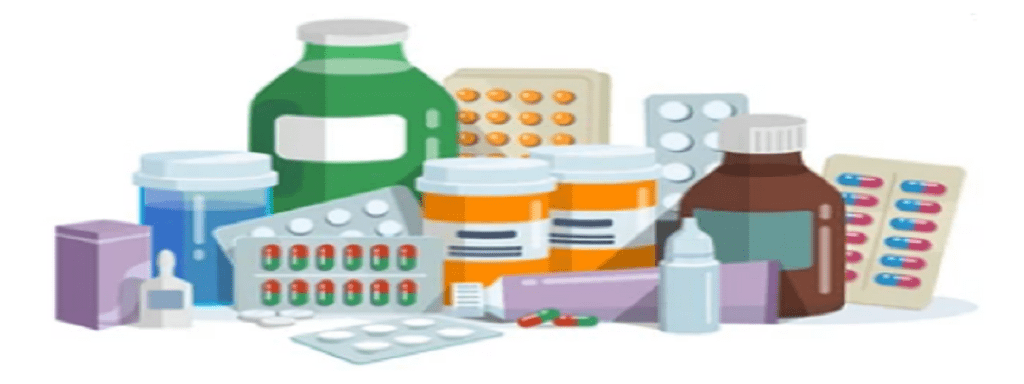
Benefits of forced degradation test
The degradation pathway of the drug is closely related to the molecular structure of the drug. The ester group or amide bond in the molecular structure may be hydrolyzed under acid-base catalysis conditions.
Provide support for drug safety. When toxicologically relevant impurities are not readily available, toxicological evaluation of samples degraded to a certain extent can provide a supportive basis for drug safety and impurity limit determination.
It is helpful for metabolite research. Some degradation products are also metabolites, and the metabolites produced by degrading test samples can be used for confirmatory studies and analysis.
Contribute to the development of active pharmaceutical ingredient (API) technology, formulation process, and the screening of drug salt and crystal forms. When the degradation impurities have toxic structures, the production of impurities can be avoided by changing the process route. The process parameters can also be controlled to ensure that the impurities are at an acceptable level. The forced degradation results of different crystalline and salt forms of drugs can indicate their stability.
Guide the development of drug packaging systems and determine storage conditions. Degradation test results can suggest drug susceptibility factors. The results of forced degradation testing, influencing factor testing, accelerated testing, and long-term testing together support drug packaging and storage conditions.
Purpose of forced degradation test
The purpose of the forced degradation study (https://www.formulationbio.com/forced-degradation-studies.html) is to understand the degradation products and degradation pathways of drugs under different destruction conditions. The forced degradation test can provide a useful reference for the establishment of analytical methods, the formulation of instructions and the determination of formulation design.
Degradation pathways
Aggregation
Non-covalent aggregates are usually the result of mechanical stress (like shaking, stirring, rotating, pumping), and aggregation can also occur after repeated freezing and thawing, heating, or exposure to acidic pH environments.
Aggregation can also be covalent in nature, such as chemical bonding between molecules, which are not dissociable during buffer exchange. These chemical bonds are usually formed by rearranged disulfide bonds or other altered intramolecular chemical linkages. They are usually the result of amino acid residues reacting with trace metals (copper or iron) or incomplete protein reduction.
Oxidation
The side chains of methionine, cysteine, histidine, tryptophan or tyrosine residues are prone to oxidation, with methionine being the most reactive residue. Oxidation can alter the physicochemical properties of proteins, such as folding and subunit association. Oxidative conditions are formed primarily by exposure to atmospheric oxygen, in the presence of light, heat, moisture, agitation or exposure to oxidants. Deamidation is the hydrolysis of asparagine or glutamine into free carboxylic acid residues, usually due to changes in pH, ionic strength, temperature and humidity of lyophilized proteins. The overall effect of chemical modifications to a single amino acid residue depends on its location in the protein and the specific role of the residue in the protein’s functional and active site.
Illumination photolysis by exposure to light involves and affects free radicals of many functional groups, such as carbonyl groups, which can lead to oxidation, aggregation, or cleavage of peptide bonds. Photolysis is caused by exposure to a certain amount of photoradiation, usually in the form of ultraviolet radiation.
Hydrolysis
Hydrolysis (cleavage) is the breaking of peptide bonds between amino acid residues, releasing smaller peptide chains. The peptide bonds of Asp-Pro and Asp-Gly are the most easily hydrolyzed. Hydrolysis is mainly caused by exposure to acidic or basic pH.
CD Formulation is a leading manufacturer of a large variety of excipients. Driven by the latest science and technology, it has grown to be a reliable source for the pharmaceutical industry, offering not only rich collection excipients but also a wide range of preformulation, formulation, analytical and custom pharmaceutical excipients services. Always at the forefront of innovation, CD Formulation aims to address the challenges arising from pharmaceutical formulation, and in a much broader sense, hopes to advance the global medical business.